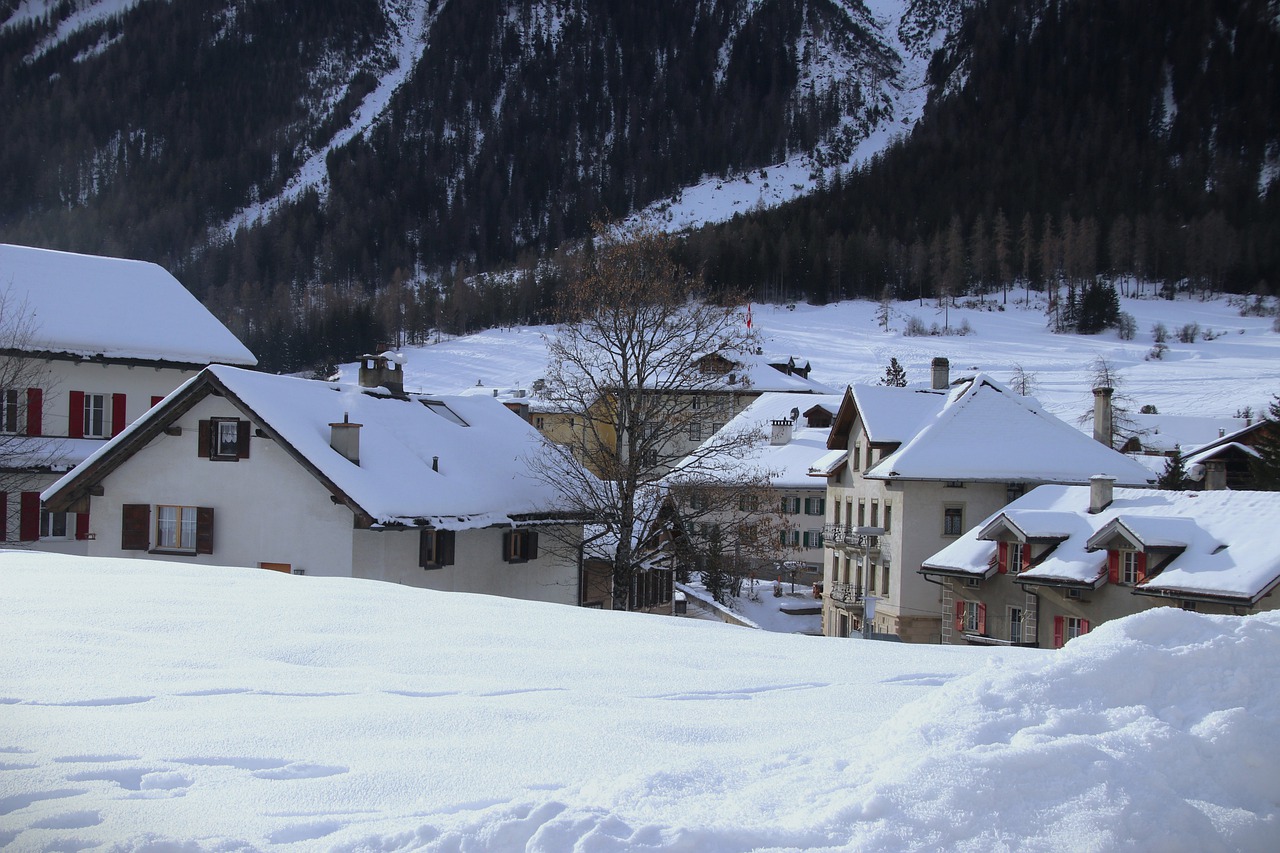The Impact of Snow on Your Roof, Maintenance, & Removal

As winter blankets our surroundings with a pristine layer of snow, it brings with it a set of challenges, especially for homeowners. One aspect that often goes unnoticed until it becomes a problem is the impact of snow accumulation on our roofs. Different roofing materials respond differently to the weight and moisture of snow, and understanding these dynamics is crucial for maintaining the structural integrity of your home. In this blog post, we will delve into how snow can affect various roofing materials and provide essential tips on snow removal.
Understanding Snow Load
The term “snow load” refers to the weight of snow that accumulates on a roof. This weight can vary based on factors such as the type of snow (light and fluffy or heavy and wet), the depth of accumulation, and the design of the roof. Certain regions are prone to heavy snowfall, making it imperative for homeowners to be aware of their specific snow load capacity.
Impact on Different Roofing Materials
- Asphalt Shingles: Asphalt shingles are a common roofing material, but they can be susceptible to damage from heavy snow. The weight of accumulated snow can cause the shingles to crack or become dislodged. Additionally, melting snow can seep into the gaps, leading to leaks and water damage.
- Metal Roofs: Metal roofs are generally more resilient to snow loads. The smooth surface allows snow to slide off easily, reducing the risk of accumulation. However, ice dams can still form along the edges, causing potential issues if not addressed promptly.
- Flat Roofs: Flat roofs are more prone to snow accumulation due to their horizontal design. Excessive snow can lead to sagging or even structural failure. Proper drainage becomes crucial for flat roofs to prevent pooling and subsequent damage.
- Slate and Tile Roofs: These durable materials are better equipped to handle snow loads. However, individual tiles or slates may still crack under extreme weight, and homeowners should inspect for any signs of damage after heavy snowfall.
Tips for Snow Removal
- Use a Roof Rake: A roof rake is a specialized tool designed for removing snow from roofs. It allows you to clear snow from the ground, minimizing the risk of injury. Gently pull the rake down the roof, avoiding damage to the roofing material.
- Avoid Ice Picks and Shovels: Using sharp objects or metal shovels can cause damage to the roof. Opt for plastic shovels and be cautious not to scrape or gouge the surface.
- Professional Snow Removal: In cases of significant snow accumulation or if you are uncomfortable with the removal process, consider hiring professionals. They have the experience and tools to safely clear your roof without causing harm.
- Preventative Measures: Install snow guards or barriers along the edges of your roof to prevent large chunks of snow from sliding off suddenly. This helps distribute the weight and reduces the risk of injury or property damage.
In conclusion, understanding the impact of snow on your roof is essential for maintaining a safe and secure home during the winter months. Different roofing materials require specific care, and timely snow removal is crucial to prevent damage. By following these tips and being proactive in your approach, you can ensure that your roof withstands the winter elements and remains in top condition for years to come. Stay informed, stay safe, and enjoy the beauty of winter without compromising on your home’s integrity.
Call or text us at (636) 699-0449 for a free inspection Follow us on Facebook, Instagram, Twitter, and LinkedIn, and feel free to connect directly.
Contact us today
When it comes to any roofing job in the St. Charles County Area, there’s only one obvious choice – Second To None Exteriors!
We’re excited to work with you. Fill out the quick form below and we’ll get back to you momentarily!

